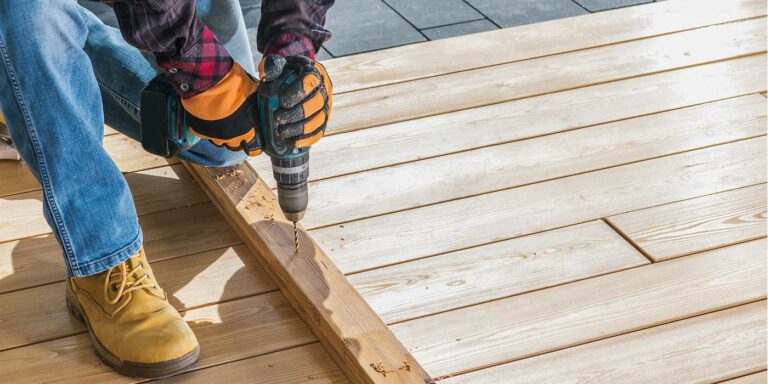Hanging drywall is not difficult if you follow the right steps. Having someone to give you a hand will make the installation easier and faster. Follow these steps for a successful finished wall.
1. Plan
Measure your room and plan out where you will hang full sheets of drywall. Hang sheets horizontally and join tapered edges to tapered edges. This will make it easier to tape, mud and sand the wall. Initial planning will lower the number of joints.
2. Hang full sheets
Hang full sheets of drywall first, starting at the ceiling and working your way down. Drive a screw into the middle of the sheet then work your way toward the outside. Screws should be 16 inches apart and fastened into every stud. The screw depth should be just dimpled into surface of the drywall.
3. Doors & windows
The easiest way to cut holes for doors & windows is to drywall over them and then cut out the hole using a cutout tool. This may not be possible with already installed windows so the drywall will have to be measured and cut.
4. Outlets
First, turn off power to electrical boxes and push the wires to the back of the box so they are out of the way. To cut holes for outlets and other wall fixtures, you can use the same techniques as for doors & windows. Drywall over the outlets then cut around them with a cutout tool, or use the measure and cut technique. When using the cutout tool method, mark on the drywall where the centre of the electrical box roughly is then cut into the drywall and find the edge of the box with the bit. Cut along the inside edge of the box for a clean cut.
5. Bottom row
Start with a smaller piece of drywall and stagger the bottom rows so the vertical seams are not directly in line with the row above. There should be a half inch gap between the floor and the drywall which will eventually be covered by baseboard.
6. Corners
Inside corners are fairly straight forward. Measure and cut the first piece to fit snugly in the corner and the second piece abuts the first. For outside corners, cut the first piece of drywall wider than you need it then trim off the excess so it’s flush to the corner. Cut the next piece of drywall and again, cut it wider than you need it then trim the excess.
Try to avoid using small bits of drywall to fill odd spaces. Take the time to carefully measure and cut a bigger piece of drywall to fill the space. The fewer mistakes you have at the hanging stage will make the mudding stage easier and with a more professional result.
Head into your local TIMBER MART before you start your drywall project. We have everything you need for a professional install.



